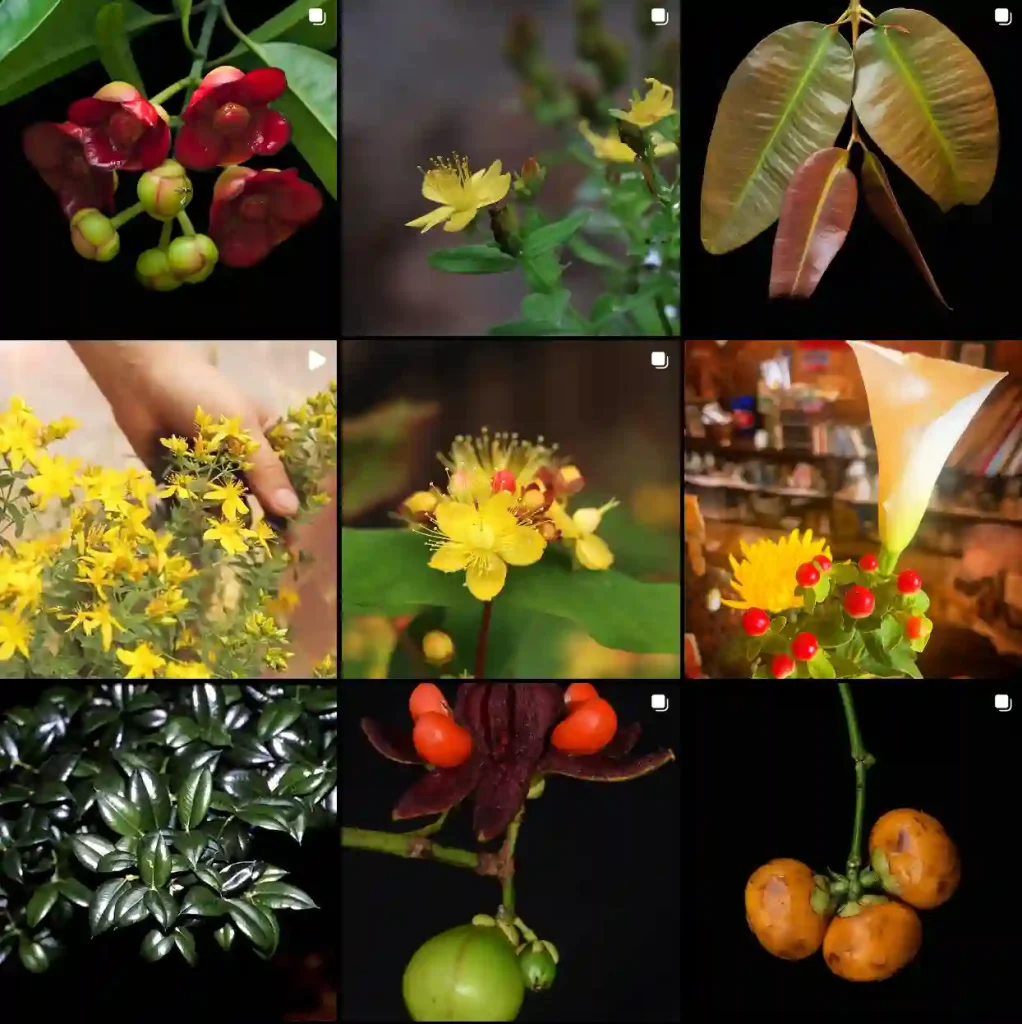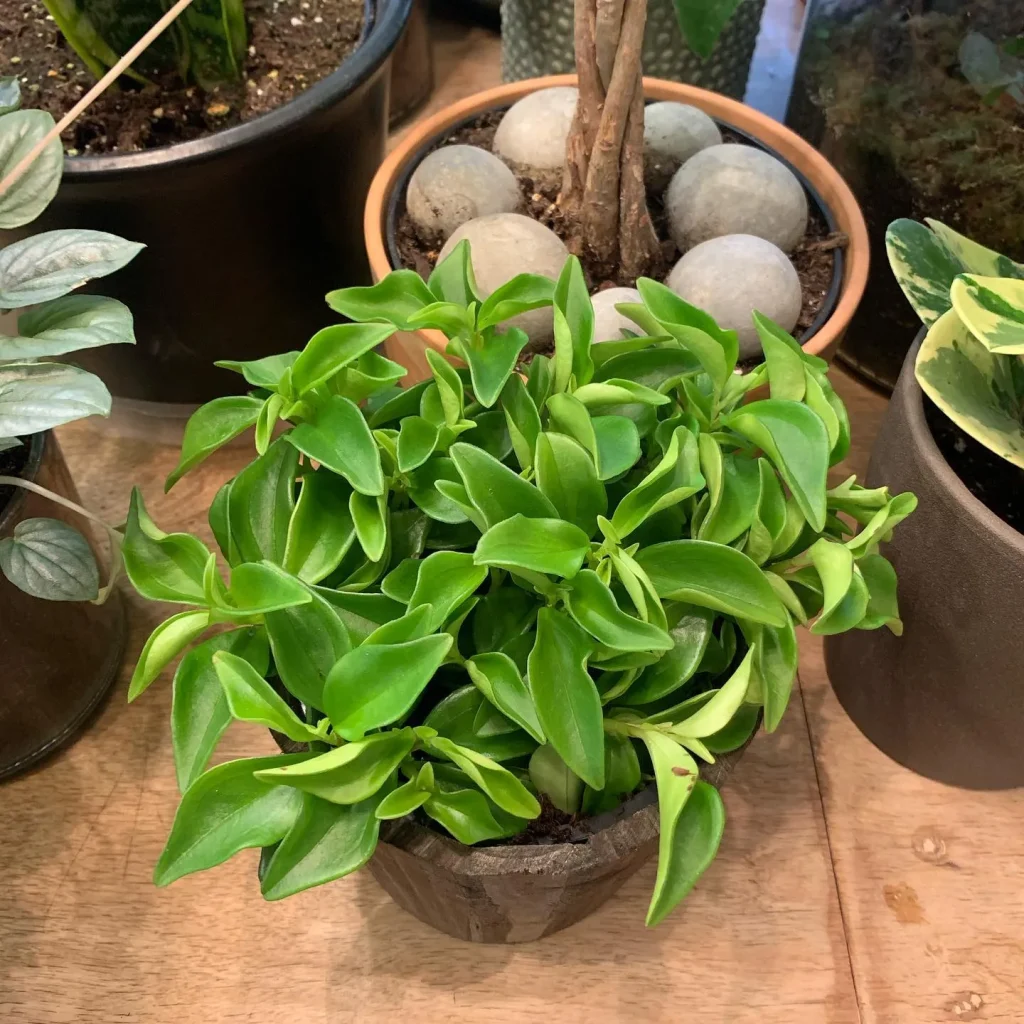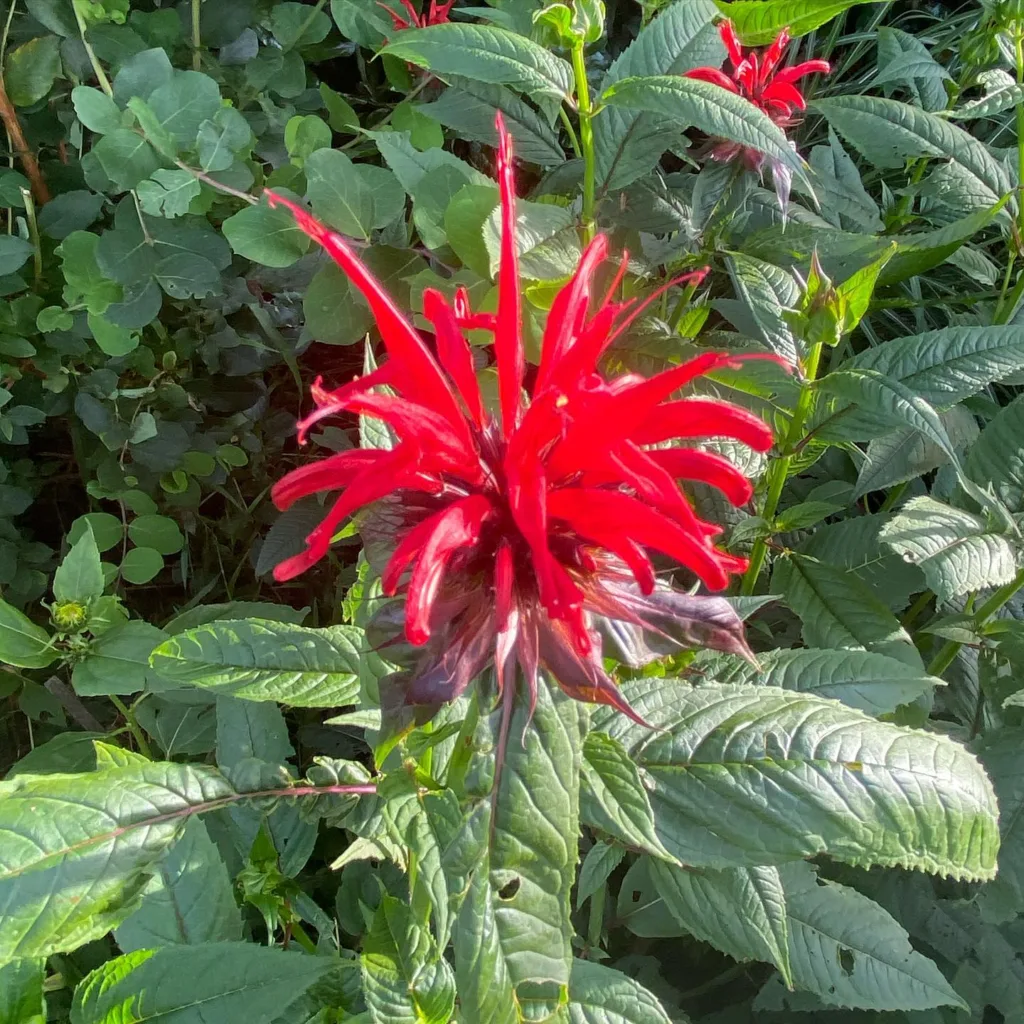Daucus: More Than Just Carrots
I’ve always been fascinated by the diversity of the plant world. Even the most familiar plants can hold hidden depths and surprising connections. Take the humble carrot, for example. It’s a staple in kitchens around the world, but did you know it belongs to a genus with a fascinating array of species? I recently delved into the world of Daucus, the genus that includes our beloved carrots, and discovered a treasure trove of botanical wonders.
A Diverse Genus
Daucus is a genus of herbaceous plants belonging to the Apiaceae family, which also includes parsley, celery, and parsnip. The most famous member, of course, is Daucus carota, the wild carrot, which has been domesticated to produce the carrots we eat today. But the genus encompasses much more than just this culinary star. There are roughly 25 recognized species within Daucus, exhibiting a variety of forms and adaptations.
Here are all species in the Daucus genus:
- Daucus carota (Wild Carrot): This species is native to Europe and southwestern Asia. It is the ancestor of the cultivated carrot and is also known as Queen Anne’s Lace due to its delicate, lacy white flower clusters.
- Daucus pusillus (American Wild Carrot): This species is native to North America and is smaller and less robust than its European counterpart.
- Daucus muricatus: Native to the Mediterranean region, this species is distinguished by its spiny fruits.
- Daucus glochidiatus: This Australian species has finely divided leaves and compact flower clusters.
- Daucus aleppicus J.Thiébaut
- Daucus aureus Desf.
- Daucus bicolor Sm.
- Daucus biseriatus Murb.
- Daucus broteri Ten.
- Daucus conchitae Greuter
- Daucus crinitus Desf.
- Daucus decipiens (Schrad. & J.C.Wendl.) Spalik, Wojew., Banasiak & Reduron
- Daucus della-cellae (Asch. & Barbey ex E.A.Durand & Barratte) Spalik, Banasiak & Reduron
- Daucus durieua Lange
- Daucus edulis (Lowe) Wojew., Reduron, Banasiak & Spalik
- Daucus elegans (Webb ex Bolle) Spalik, Banasiak & Reduron
- Daucus glaber (Forssk.) Thell.
- Daucus glaberrimus Desf.
- Daucus gracilis Steinh.
- Daucus guttatus Sm.
- Daucus hochstetteri A.Braun ex Engl.
- Daucus humilis (Lobin & K.H.Schmidt) Rivas Mart., Lousã, J.C.Costa & Maria C.Duarte
- Daucus incognitus (C.Norman) Spalik, Reduron & Banasiak
- Daucus insularis (Parl.) Spalik, Wojew., Banasiak & Reduron
- Daucus involucratus Sm.
- Daucus jordanicus Post
- Daucus junceus (Willk.) Mart.Flores & M.B.Crespo
- Daucus mauritii (Sennen ex Maire) Sennen
- Daucus melananthus (Hochst.) Reduron, Spalik & Banasiak
- Daucus microscias Bornm. & Gauba
- Daucus minusculus Pau ex Font Quer
- Daucus mirabilis (Maire & Pamp.) Reduron, Banasiak & Spalik
- Daucus montanus Humb. & Bonpl. ex Schult.
- Daucus pedunculatus (Baker f.) Banasiak, Spalik & Reduron
- Daucus pumilus (L.) Hoffmanns. & Link
- Daucus reboudii Coss. ex Batt.
- Daucus ribeirensis (K.H.Schmidt & Lobin) Rivas Mart., Lousã, J.C.Costa & Maria C.Duarte
- Daucus rouyi Spalik & Reduron
- Daucus sahariensis Murb.
- Daucus setifolius Desf.
- Daucus setulosus Guss. ex DC.
- Daucus subsessilis Boiss.
- Daucus syrticus Murb.
- Daucus tenuisectus Coss. ex Batt.
- Daucus virgatus (Poir.) Maire
Characteristics of Daucus
While the species within Daucus show diversity, they share some key characteristics. Most are biennial plants, meaning they complete their life cycle in two years. In the first year, they form a rosette of leaves and develop a taproot. In the second year, they produce a flowering stem, flower, set seed, and then die.
The stems of Daucus plants are typically hairy or bristly. Their leaves are finely divided, often feathery in appearance. The most distinctive feature of the genus is the inflorescence, which is an umbel, a type of flower cluster where the flower stalks all arise from a common point, like the spokes of an umbrella. In Daucus, these umbels are often dense and flat-topped, and in some species, they contract into a concave shape after flowering, resembling a bird’s nest. The flowers are typically small and white, though some species may have pink or yellow hues.
The Importance of Wild Carrots
While the cultivated carrot is a significant food crop worldwide, wild carrots also play important ecological roles. They are a valuable food source for various insects, birds, and mammals. The flowers attract pollinators like bees and butterflies, contributing to biodiversity.
Interestingly, wild carrots have also been used for medicinal purposes. Historically, they were used as a diuretic and to treat various ailments. Even today, research is being conducted on the potential health benefits of wild carrots, particularly their antioxidant properties.
Conservation and the Future
While some Daucus species, like the wild carrot, are widespread and abundant, others face threats due to habitat loss, invasive species, and climate change. Conservation efforts are crucial to ensure the survival of these diverse and valuable plants.
Further research into the Daucus genus is also important. Studying the genetic diversity of these plants can help us understand their evolutionary history and develop more resilient and nutritious carrot varieties.
I’m excited to continue learning about the Daucus genus. It’s a reminder that even the most familiar plants can hold surprises and that the natural world is full of wonders waiting to be discovered.
If i die, water my plants!



